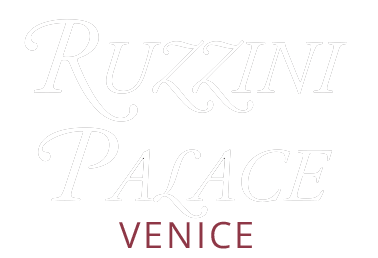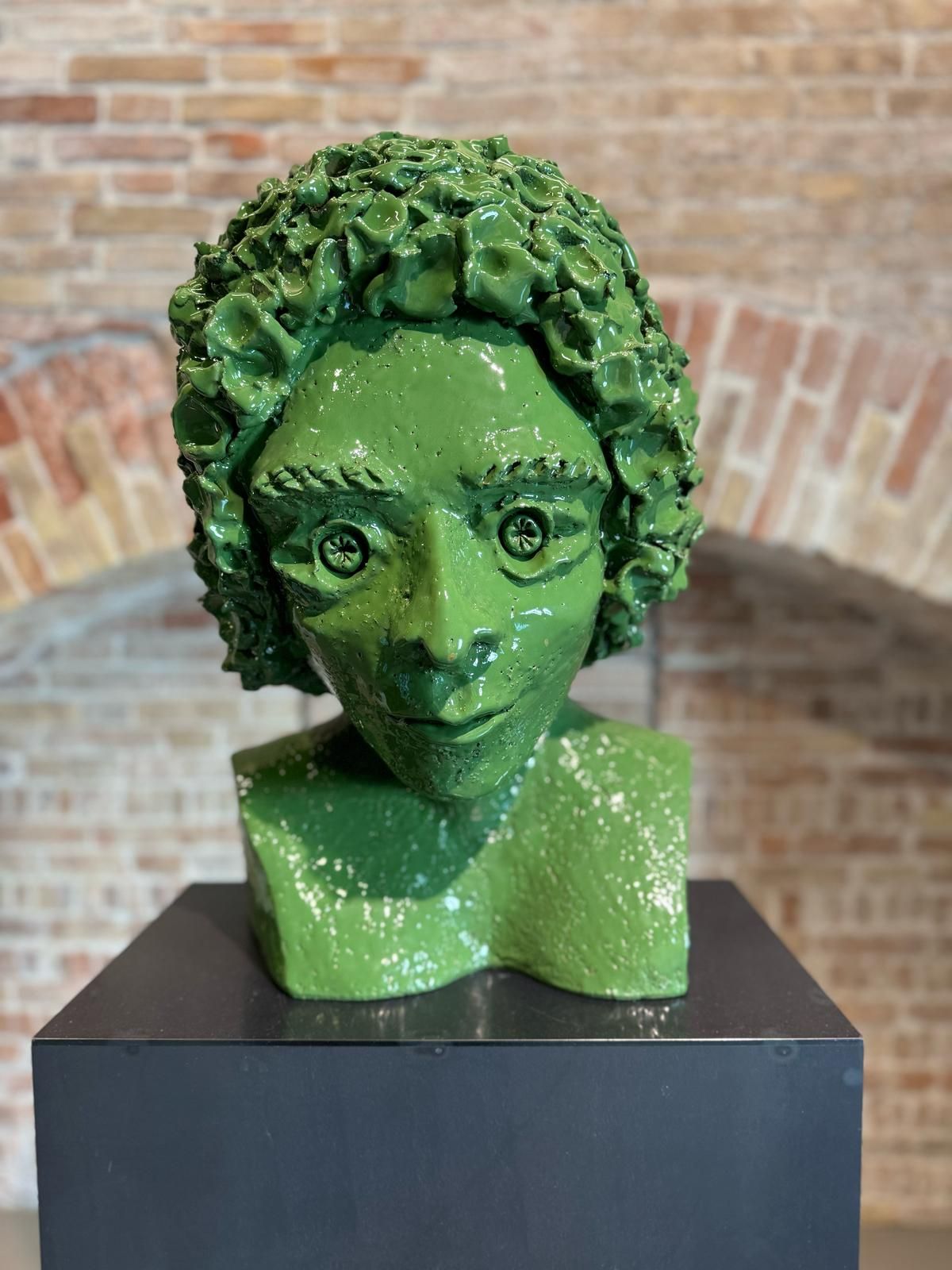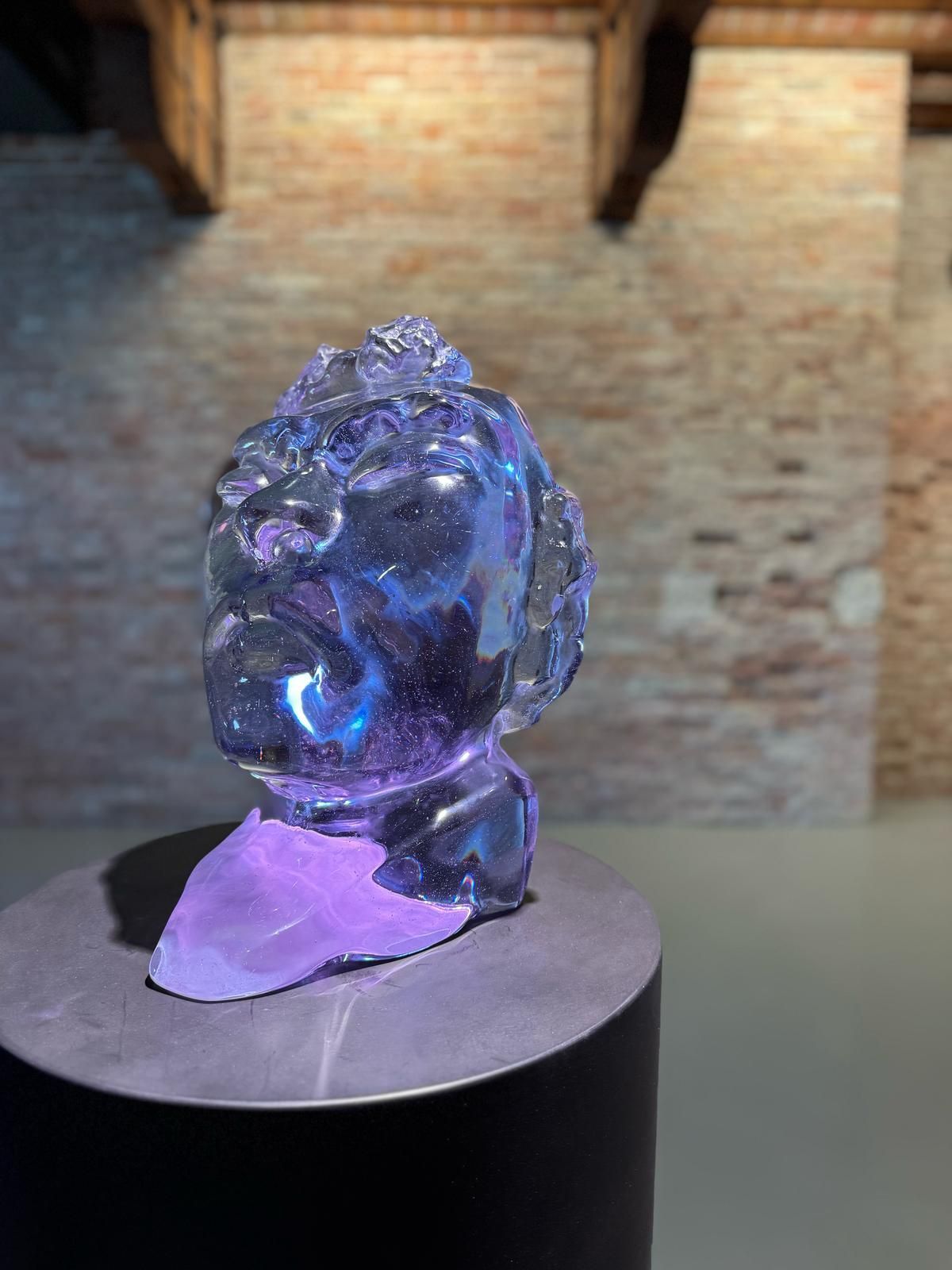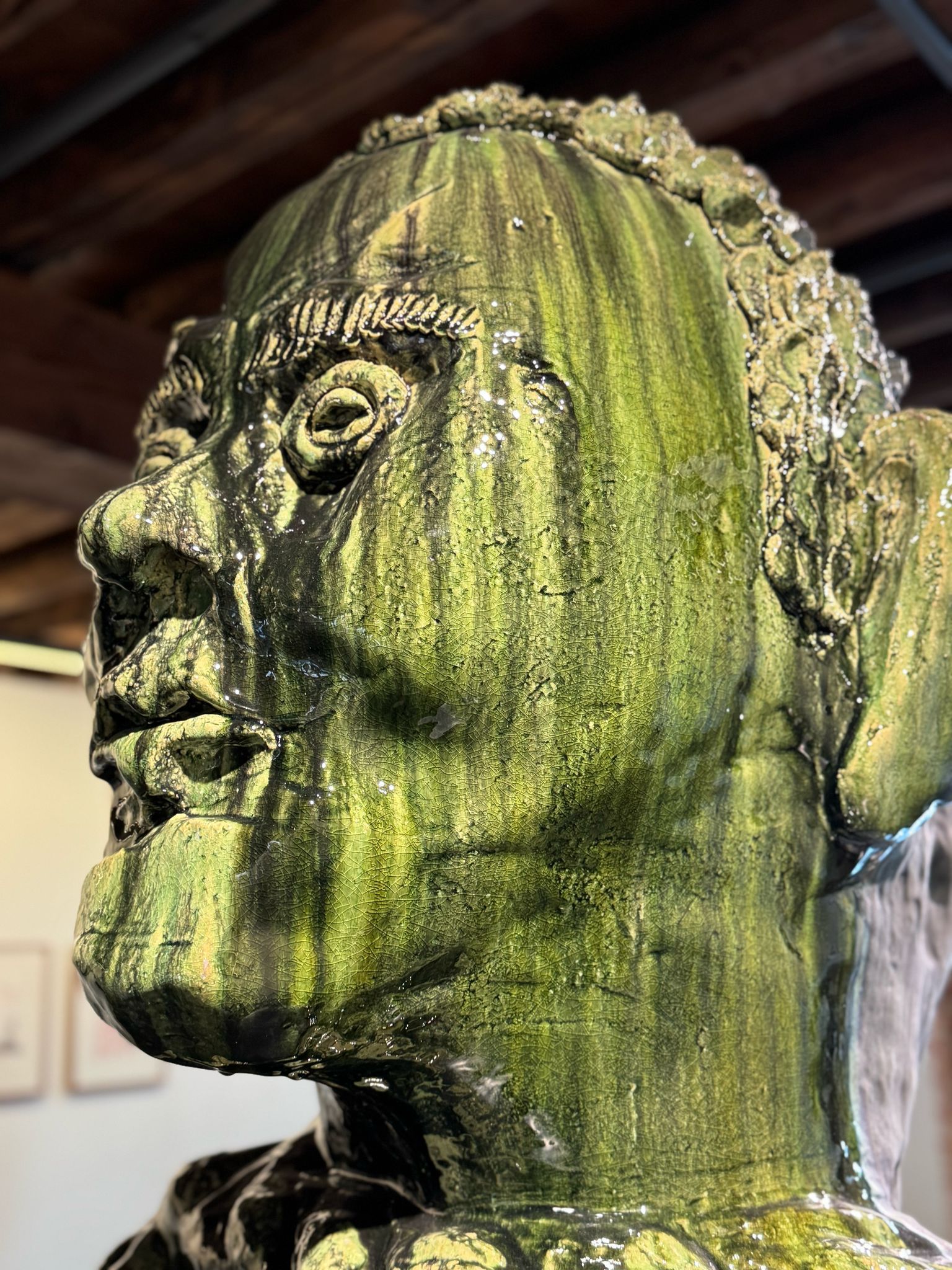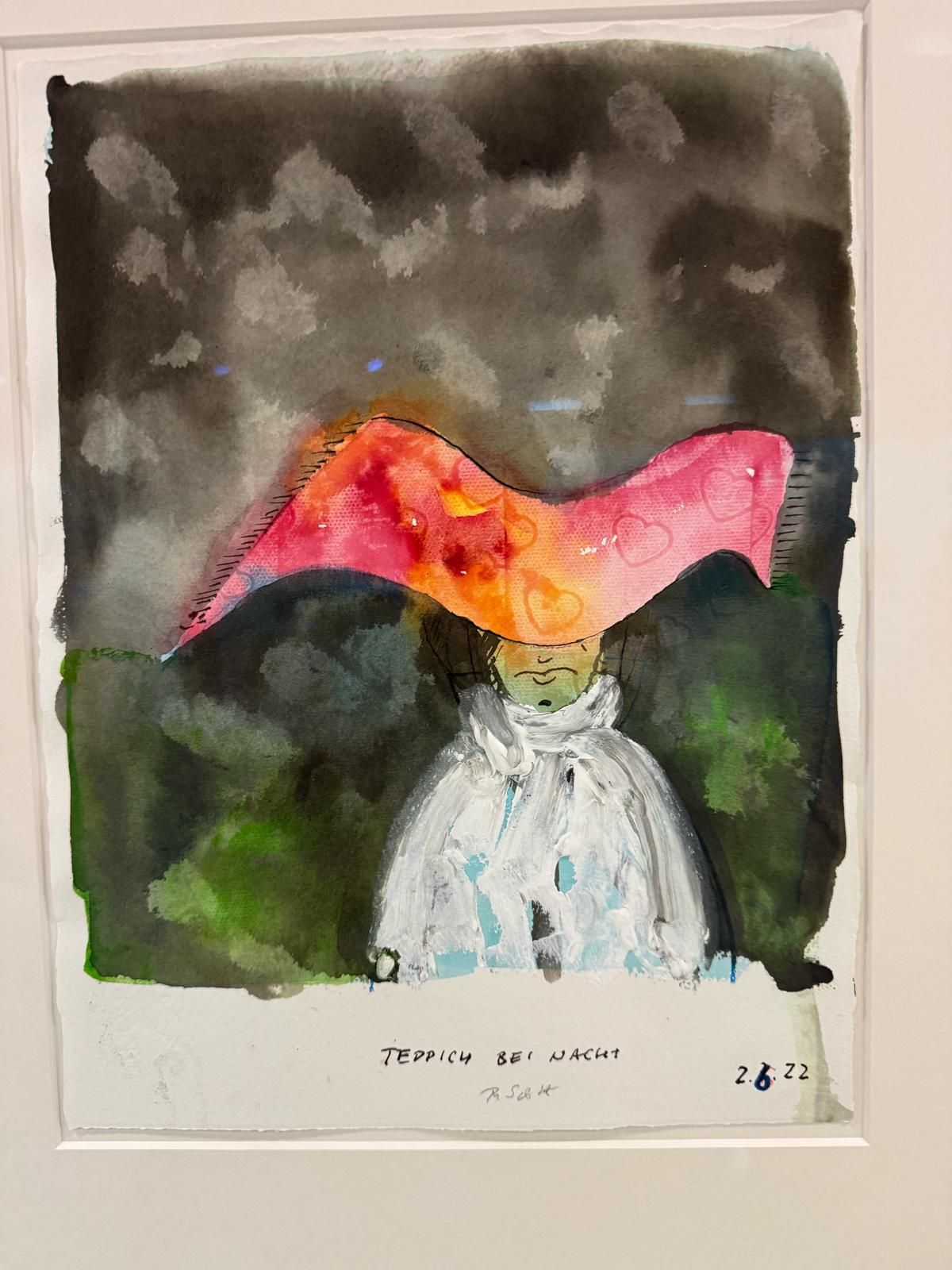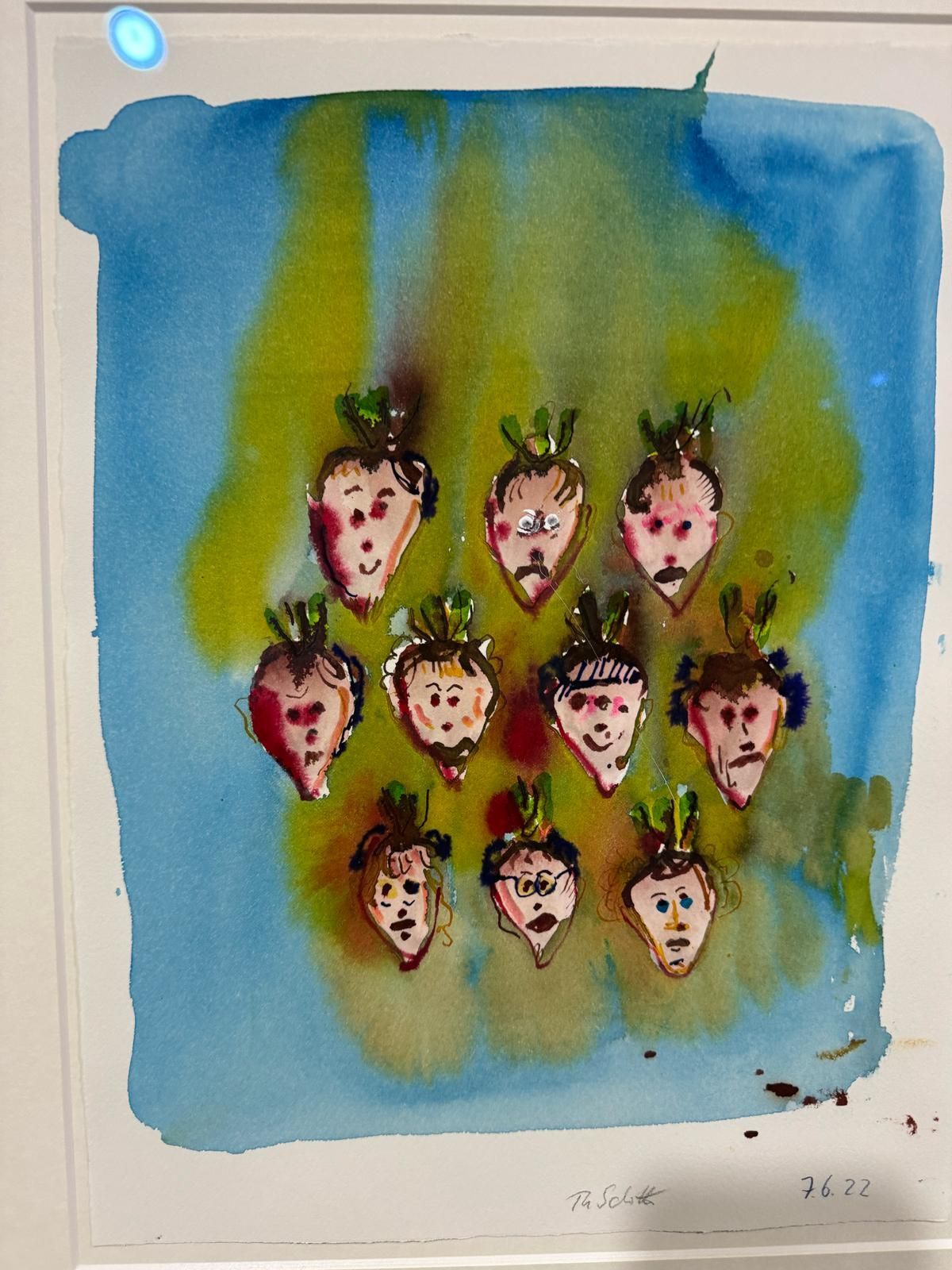Genealogies of Unrest Thomas Schütte at Punta della Dogana
"I want to introduce a distorted question mark into the world."
— Thomas Schütte

Upon entering Punta della Dogana, one is greeted by a disquieting presence: Mann im Wind I (2018), a patinated bronze figure with youthful features, pushed by an invisible wind yet hopelessly stuck. Its feet are trapped in the pedestal, evoking the futile effort of movement — the tension between desire and impossibility. A monumental antihero, ironic and fragile.
This is the welcome offered by Thomas Schütte, a German artist born in 1954, whose first major exhibition in Italy is now on view at this symbolic venue of contemporary art in Venice until 23 November 2025.
The exhibition Genealogies, curated by Camille Morineau and Jean-Marie Gallais, is a non-linear journey through Schütte’s multifaceted oeuvre. Since the late 1970s, he has constructed a world of fragmented figures, visionary architectures, and faces that seem to question time itself.
Over fifty sculptures from the Pinault Collection intertwine with a selection of watercolours, drawings, and models — some never shown before. There’s no chronological order: just the freedom to witness how motifs echo, mutate, and return, like an organic and unpredictable genealogy.
Nature's Symphony
Faces That Think (of Us)
At the heart of the exhibition are the heads. Monumental, heavy, caricatured — sometimes gilded or enamelled like tragic masks. These are faces seemingly warped by life, bent by an inner force, yet imbued with a strange dignity. A yellow ceramic bust gazes at us with a dull stare; a golden one reflects our distorted image. In a space that feels sacred, these sculptures become postmodern icons of contemporary identity.
Compressed Bodies, Bound Figures
In a side room, an office chair holds a sculptural assemblage that resembles a crumpled body bound with ropes. Flesh is replaced by smooth, cold materials, with artificial, marble-like veins. It is a body without identity, yet full of meaning: the alienation of labour, the oppression of form, the inadequacy of structures. Every element is both ironic and cruel — as is often the case in Schütte’s work.
Drawings, Watercolours, Shadows
It’s not just about matter. Schütte is also a prolific and sensitive draughtsman. His watercolours, scattered throughout the exhibition, depict sketched human figures, often with deep black eyes. There’s something both childlike and unsettling in these faces, as if the soul had imprinted itself on paper before the body. In one, a female figure gazes back with hollow orbits: a gentle spectre, a private memory.
Genealogies is not just a retrospective — it’s an immersive experience in a world that doesn’t seek to explain itself, but to make us reflect.
Through material and line, body and face, Thomas Schütte confronts us with our most fragile and absurd humanity. And invites us, perhaps, not to fear deformation.
Genealogies is not just a retrospective — it is an immersive experience in a universe that doesn’t try to explain itself, but rather to make us reflect.
Through matter and line, body and face, Thomas Schütte confronts us with our most fragile and absurd humanity — and invites us, perhaps, not to fear deformation.
Experiencing Art Slowly
Venice always invites you to slow down. And a visit to Punta della Dogana becomes even more intense when experienced in a moment of stillness, away from the crowds. Staying at the Ruzzini Palace Hotel — nestled in the heart of the city yet overlooking a quiet, sunlit campo — offers a way to truly connect with the artistic journey. Elegant rooms, golden dawns over the canal, and the possibility to reach the exhibition with a short walk through silent calli — all contribute to making the encounter with Schütte’s works part of a wider experience, where even time becomes a material to be sculpted.







